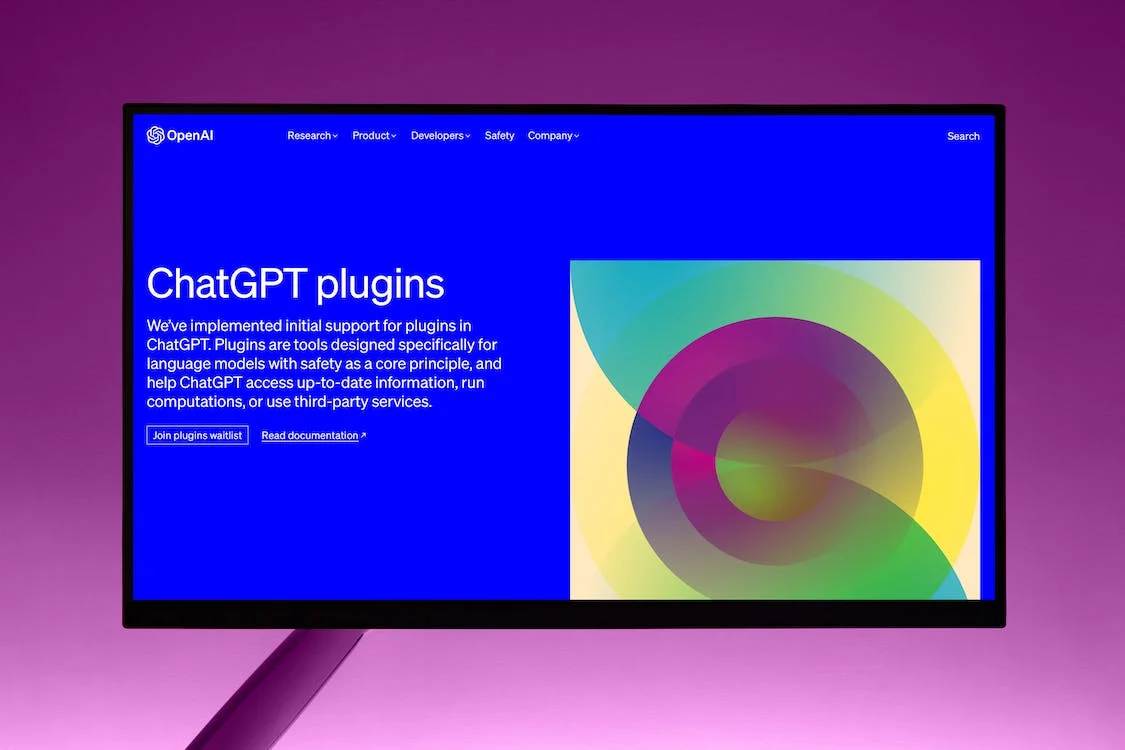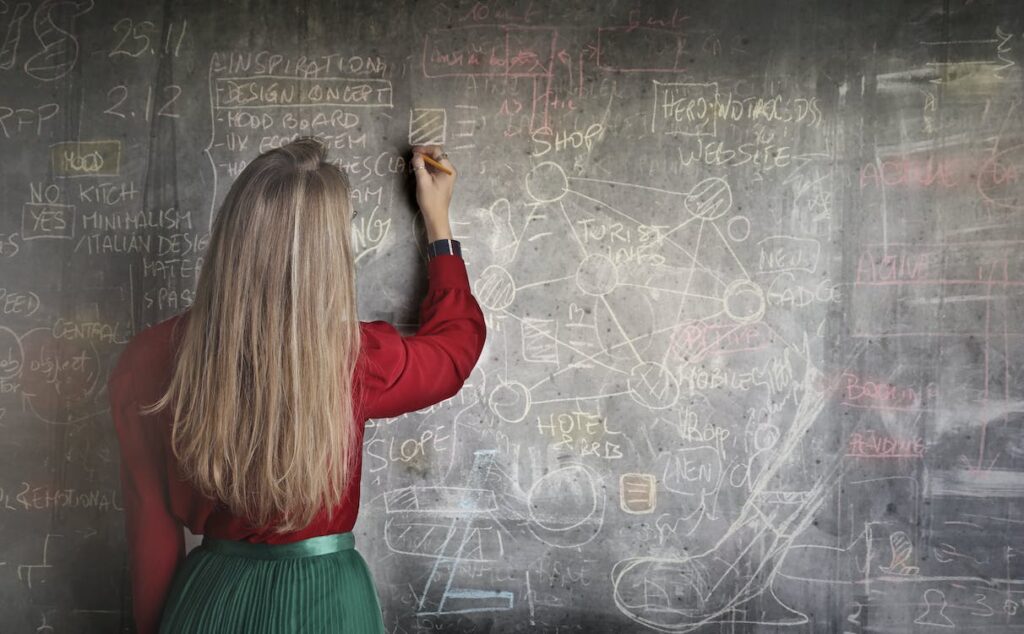
In the ever-evolving landscape of artificial intelligence (AI), ensuring safety and reliability is paramount. AI models are becoming increasingly sophisticated and integrated into our lives, from natural language processing to image recognition.
As these AI systems become more powerful, it’s vital to scrutinize and test them rigorously for potential risks and vulnerabilities. OpenAI recognizes this necessity and has taken a significant step forward by establishing the OpenAI Red Teaming Network.
In this blog, we’ll delve into what this network entails, how you can become a part of it, and why it’s a pivotal initiative in shaping the future of AI safety.
What is the OpenAI Red Teaming Network?
The OpenAI Red Teaming Network is a community of experts who collaborate with OpenAI to rigorously evaluate and red team AI models. Red teaming, in the context of AI, involves assessing these systems for various risks and vulnerabilities, ensuring they are as safe as possible. The term “red teaming” encompasses a range of risk assessment methods, including qualitative capability discovery, stress testing, automated red teaming using language models, and more. OpenAI has undertaken this initiative to enhance the safety and reliability of its AI models and mitigate potential harms.
The Evolution of Red Teaming
OpenAI’s red teaming efforts have evolved over the years. Initially, the focus was on internal adversarial testing within OpenAI itself. However, the need for diverse perspectives and domain-specific expertise led to collaboration with external experts. These external experts have played a vital role in developing domain-specific taxonomies of risk and evaluating potentially harmful capabilities in new AI systems, such as DALL·E 2 and GPT-4.
A More Formalized Effort
Today, OpenAI is launching a more formalized effort to build on its earlier foundations. The goal is to deepen and broaden collaborations with outside experts, making AI models safer and more reliable. The network aims to complement externally specified governance practices, like third-party audits, to ensure comprehensive safety assessments.
Who Can Join the OpenAI Red Teaming Network?
The OpenAI Red Teaming Network invites domain experts from a wide range of fields to join their efforts. OpenAI values expertise informed by diverse domain knowledge and lived experiences. The network is open to experts worldwide and places emphasis on both geographic and domain diversity. The network welcomes experts from domains such as:
- Cognitive Science
- Political Science
- Computer Science
- Psychology
- Healthcare
- Economics
- Cybersecurity
- Linguistics
- And many more
Notably, prior experience with AI systems or language models is not a strict requirement. What matters most is your willingness to engage and contribute your valuable perspective to assessing the impacts of AI systems.
Compensation and Confidentiality
Members of the OpenAI Red Teaming Network will be compensated for their contributions when they participate in red teaming projects. However, it’s essential to note that involvement in such projects often requires signing Non-Disclosure Agreements (NDAs) or maintaining confidentiality for an indefinite period.
How to Apply
Joining the OpenAI Red Teaming Network means becoming an integral part of the mission to build safe artificial general intelligence (AGI) that benefits humanity. To apply, simply visit the OpenAI website and follow the application instructions. If you have any questions about the network or the application process, you can reach out to OpenAI at oai-redteam@openai.com.
FAQs About the OpenAI Red Teaming Network
Q: What does joining the network entail? A: Being part of the network means you may be contacted about opportunities to test a new model or evaluate an area of interest in an existing model. Work within the network typically involves signing a non-disclosure agreement (NDA), although many red teaming findings have been historically published by OpenAI.
Q: What is the expected time commitment for being a part of the network? A: The time commitment can be adjusted according to your schedule. OpenAI will select members for specific red teaming projects based on their expertise and availability. Even if you can only commit 5-10 hours in a year, your contribution is valuable.
Q: When will applicants be notified of their acceptance? A: OpenAI will select members on a rolling basis until December 1, 2023. After this application period, they will re-evaluate future opportunities for applying.
Q: Will I be asked to red team every new model if I’m part of the network? A: No, you should not expect to red team every new model. OpenAI selects members based on their suitability for specific red teaming projects.
Q: What criteria are OpenAI looking for in network members? A: OpenAI is seeking members with demonstrated expertise or experience in domains relevant to red teaming, a passion for improving AI safety, no conflicts of interest, diverse backgrounds and geographic representation, fluency in multiple languages (though not required), and technical ability (not required).
Other Collaborative Safety Opportunities
Beyond joining the OpenAI Red Teaming Network, there are several other collaborative opportunities to contribute to AI safety:
- AI Safety Evaluations: You can create or conduct safety evaluations on AI systems and analyze the results. OpenAI’s open-source Evals repository offers templates and sample methods for this purpose. Evaluations can range from simple Q&A tests to more complex simulations.
- Researcher Access Program: OpenAI’s Researcher Access Program provides credits to support researchers studying areas related to the responsible deployment of AI and mitigating associated risks.
Conclusion
The OpenAI Red Teaming Network represents a significant stride in the quest for safer and more reliable AI systems. By inviting experts from diverse backgrounds and domains, OpenAI aims to ensure comprehensive risk assessments and enhance AI safety. Joining this network means becoming part of a global effort to shape the development of AI technologies and policies, making a positive impact on how AI influences our lives and interactions.
If you’re passionate about AI safety and have expertise to offer, consider applying to be a part of the OpenAI Red Teaming Network. Together, we can build a future where AI benefits humanity while minimizing potential risks.

